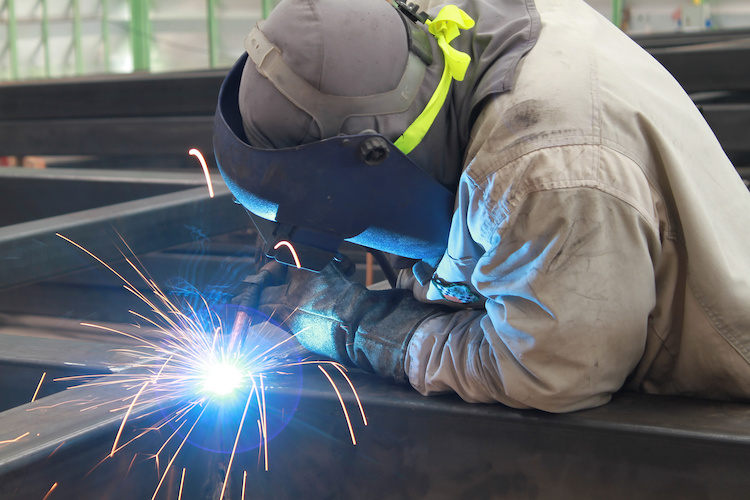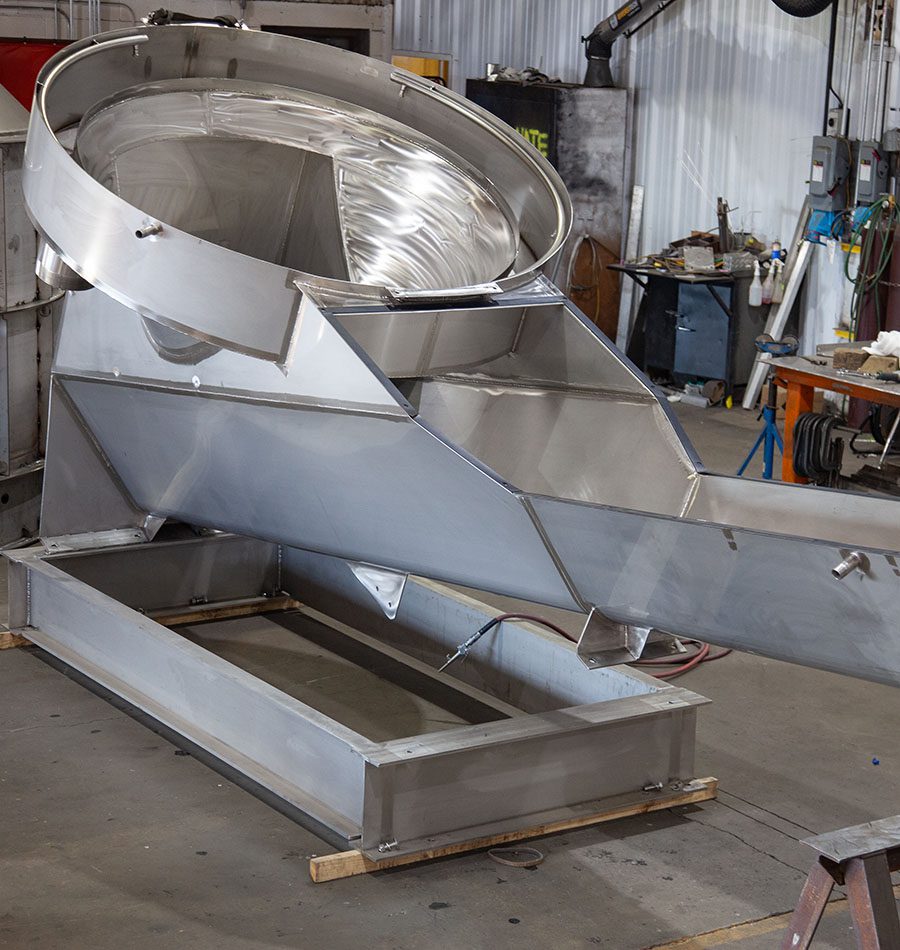Advanced Steel Fabrication Melbourne: Building the Future Today
Advanced Steel Fabrication Melbourne: Building the Future Today
Blog Article
Innovative Patterns in Steel Fabrication: Enhancing Toughness and Precision
In the realm of steel construction, the pursuit of durability and accuracy has led to a wave of cutting-edge fads that are improving the market. From improvements in welding innovations to the integration of robot automation in construction processes, the landscape of steel manufacturing is progressing rapidly. High-strength alloy advancement, combined with the usage of 3D modeling and simulation software program, is pushing the borders of what is attainable in regards to architectural integrity and precision. Furthermore, the growing focus on lasting techniques in steel production is not just driving efficiency yet also fostering a more ecologically conscious method to manufacture. These trends are not just forming the here and now yet also preparing for the future of steel manufacture, promising further enhancements in longevity and precision.
Advanced Welding Technologies
In the realm of steel fabrication, the adoption of sophisticated welding technologies has considerably transformed the market's technique to accomplishing premium top quality and accuracy in architectural welds. Advanced welding modern technologies, such as laser beam of light welding and rubbing stir welding, have emerged as game-changers in the field. Laser beam welding uses a concentrated laser light beam to sign up with metal elements with amazing precision and rate, making it ideal for intricate layouts and slim materials. On the other hand, friction stir welding creates exceptionally strong bonds by mechanically intermixing the particles of the materials at the joint, removing the demand for thawing the steel. These innovations use numerous advantages, consisting of minimized heat-affected areas, minimal distortion, and enhanced mechanical residential or commercial properties in the welded joints. By leveraging these sophisticated welding strategies, steel producers can raise the resilience, strength, and accuracy of their structural welds, fulfilling the progressively requiring demands of modern construction jobs.
Robot Automation in Manufacture
Welcoming robotic automation has actually become a foundation of contemporary steel manufacture practices, simplifying processes and enhancing efficiency across the sector. Robotics are revolutionizing the method steel elements are produced, supplying unrivaled precision and speed while minimizing human mistake. These automated systems can manage repetitive tasks with constant precision, resulting in greater quality end products.
One secret benefit of robot automation in steel construction is the capability to work around the clock without tiredness, substantially raising manufacturing output. This constant operation reduces downtime and speeds up job timelines, ultimately conserving prices for suppliers. In addition, robotics can be set to carry out complex jobs that may be dangerous or challenging for human employees, boosting security in the office.
Additionally, robot automation enables smooth combination with various other digital technologies, such as computer-aided style (CAD) software and Web of Points (IoT) systems (steel fabricators melbourne). This interconnected strategy enhances interaction in between different stages of manufacture, optimizing operations and guaranteeing real-time surveillance and control. As the steel fabrication industry remains to progress, robot automation sticks out as a transformative pressure driving performance and precision in manufacturing processes

High-Strength Alloy Growth
The innovation of high-strength alloy growth in steel fabrication is reshaping the market's method to improving material sturdiness and performance. High-strength alloys are engineered to display remarkable mechanical buildings, such as raised tensile toughness, sturdiness, and deterioration resistance contrasted to typical steel qualities. By including these innovative alloys into manufacture procedures, suppliers can create components that endure greater anxiety degrees and rough settings, bring about more resilient and reputable end products.
One trick benefit of high-strength alloy development is the ability to lower material thickness without endangering architectural honesty. This not only results in lighter-weight components but also adds to cost financial savings and enhanced efficiency in fabrication and assembly processes. Moreover, the boosted strength-to-weight ratio of these alloys enables the layout and building of structures with greater load-bearing capacities while decreasing general weight.
3D Modeling and Simulation Software Program
Improvements in steel fabrication processes have actually been substantially pushed by the assimilation of advanced 3D modeling and simulation software program tools. These tools allow makers to create in-depth virtual designs of their jobs, enabling them to picture the last product with accuracy prior to any manual labor starts. By mimicing numerous stress and anxiety elements, ecological problems, and structural tons, makers can maximize designs for improved longevity and efficiency. Additionally, 3D modeling and simulation software application simplify the manufacturing process by identifying prospective problems beforehand, lowering the need for costly rework and reducing material waste.

Sustainable Practices in Steel Manufacturing
Including sustainable techniques into steel manufacturing processes is necessary for reducing environmental effect and ensuring long-lasting source availability. One crucial sustainable technique is the adoption of energy-efficient innovations to lower greenhouse gas discharges throughout the steel production process. This consists of using renewable internet resource sources, such as solar or wind power, to power steel plants and executing energy-efficient equipment to enhance power use.
One more critical aspect of lasting steel manufacturing is the responsible sourcing of raw products. This entails ensuring that the iron ore and other resources utilized in steelmaking are obtained from eco pleasant and moral sources. By advertising openness in the supply chain and sticking to rigorous environmental standards, steel producers can decrease the negative impacts of resource extraction on local environments and areas.

Verdict
To conclude, the ingenious trends in steel fabrication such as advanced welding technologies, robot automation, high-strength alloy advancement, 3D modeling and simulation software, and lasting methods are boosting the durability and accuracy of steel products. These innovations are changing the steel construction industry by boosting quality, sustainability, and efficiency. It is clear that the future of steel manufacture hinges on welcoming these sophisticated innovations to meet the needs of modern building and construction and manufacturing markets.
In the world of steel construction, the search of toughness and precision has led to a wave of cutting-edge trends that are improving the market.In the world of steel fabrication, the adoption of sophisticated welding technologies has actually significantly changed the industry's technique to attaining exceptional high quality and accuracy in architectural welds. As the steel fabrication market proceeds to advance, robot automation stands out as a transformative visit our website force driving performance and precision in making procedures.
Additionally, recycling and reusing steel scrap and waste products play a substantial role in improving the sustainability of steel production. steel fabricators melbourne.In final thought, the cutting-edge fads in steel fabrication here such as advanced welding innovations, robotic automation, high-strength alloy advancement, 3D modeling and simulation software application, and sustainable methods are improving the longevity and accuracy of steel products
Report this page